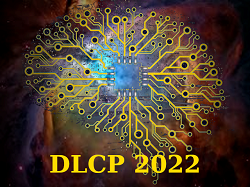Speaker
Description
One of the methods for analysis of complex spectral contours (especially for spectra of liquid objects) is their decomposition into a limited number of spectral bands with physically reasonable shapes (Gaussian, Lorentzian, Voigt etc.). Consequent analysis of the dependencies of the parameters of these bands on some external conditions in which the spectra are obtained may reveal some regularities bearing information about the physical processes taking place in the object.
The problem with the required decomposition is that such decomposition is an inverse problem that is often ill-conditioned or even incorrect, especially in presence of noise in spectra. Therefore, this problem is often solved by advanced optimization methods less subject to be stuck in local minima, such as genetic algorithms (GA).
In the conventional version of GA, all individuals are similar regarding the probabilities and implementation of the main genetic operators (crossover and mutation) and the procedure of selection. In this study, we test a new version of GA – gender GA (GGA), where the individuals of the two genders differ by the probability of mutation (higher for the male gender) and by the procedures of selection for crossover. In this study, we compare the efficiency of gradient descent, conventional GA and GGA in solving the problems of decomposition of the Raman valence band of liquid water into Gaussian bands.
This study has been funded by the SINP MSU state budget topic 6.1 (01201255512).
| Agreement to place | Participants agree to post their abstracts and presentations online at the workshop website. All materials will be placed in the form in which they were provided by the authors |
|---|

